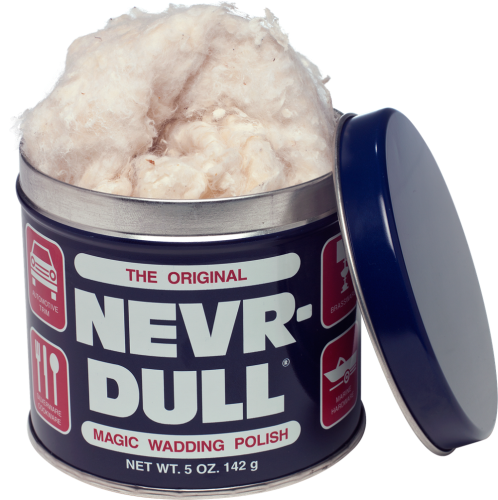Yes it is a known thing. But not all old Canon lenses have it. I have experienced it too with some Canon RF lenses. It may also be partly related to the fact that many such lenses are available on eBay from Japanese sources and parts of Japan have long, hot, very humid summers and not all lenses are stored well. Humidity not only promotes fungus, it seems to promote haze too as the aerial borne moisture acts with he aerosol particles from lubricant (which seems to be the ultimate source of the problem) to cause the haze and if bad enough, the etching. I have read somewhere that the old traditional lube used back in the day had a biological source and was made from the oil (actually a kind of liquid wax) from sperm whales. I believe it has a similar composition to jojoba oil which is plant based. If this is what was used by Canon (and the consensus seems to be it was), being a fatty acid it seems that it might be its weak acidic nature that can cause the hazing issue when it is dispersed in aerosol form and dissolved in air borne H20 although the wiki entry on it says it was used widely as a lubricant because it did not corrode metals. The same wiki entry on sperm oil says it also has phosphorus and sulfur compounds in it, neither of which sound to me necessarily to be good things to bring into contact with lens coatings (or optical glass for that matter).
Not all hazed lenses are necessarily etched however. It is worth trying to clean them as usually at least some haze will come off especially it attention is paid to it early. But many times I have found that not all do so. I have worked on a couple of lenses with this problem but have not gone to distance undertaken by the OP. However I did buy some ultra fine polishing powder from a jewellery supplier (it was not cerium oxide however) and lightly polished the haze. But I was not confident of my ability to polish it thoroughly to the point of removing any surface as I was worried about changing the spherical curve or creating an astigmatism etc. On one lens the haze is still there though slightly diminished.
It may be unfair to call this Canon haze however as it can afflict other lenses. I have an early M mount Leitz Summaron 35mm f3.5 which has a touch of it. I paid a technician to CLA it but he was unable to completely remove the haze. Never the less it works well enough and I am fairly happy with it. Leitz is another firm that is known to have used sperm whale oil in its helical assemblies. Another Canon lens that is renowned for hazing regularly is the 50mm f1.2 in LTM. This specific lens needs to be pulled apart regularly and the optical surfaces cleaned. Fortunately it is an extremely simple lens to strip and cleanse with all elements being pretty accessible. One poster on another thread says he got so good at it he could do the CLA and reassembly in 10 minutes. Presumably if left long enough this one might etch too.





